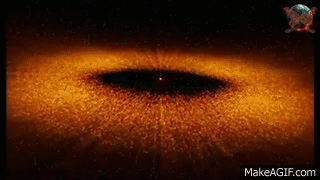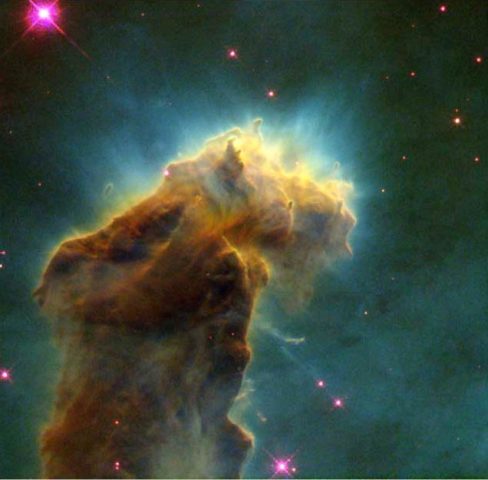
Although it seems incredible, stars also fade until they turn completely off the light of their existence. Betelgeuse, the red supergiant star, is known to be one of the brightest in the night sky, which is why it has always served as a beacon for star observers.
The Orion constellation is considered one of the most prominent in the sky. It’s most distinctive range is a grouping of three stars in the center of the constellation, known as the Orion Belt, the Three Marys, or The Three Kings.
However, last February its brightness dropped to 36% of its normal level, perplexing all astronomers. What they are sure of is that one day, not too far away; it would explode into a supernova.
Scientists believe that the next few days will be crucial to verify this possibility and, in the meantime, explain the most likely scenarios of what may be happening to these stars.
What Does a Supernova Mean?
A supernova (from the Latin nova, “new”) is a stellar explosion that can manifest itself remarkably, even with the naked eye, in places on the celestial sphere where nothing, in particular, had been detected before. For this reason, events of this nature were initially called stellae novae.
What Would Happen if the Betelgeuse Star Explodes?
“I think it will happen soon and, believe me, I hope I am not wrong,” said Miguel Montarges, an astronomer at the Observatory of the Catholic University of Leuven (Belgium), who is afraid of seeing a star die that he has been studying since 2011.
“This would be the astronomical event of the century, if not of the millennium. It would undoubtedly be the closest supernova on record in all of history. “Therefore, although it will not be the one that emits the most light, it will be the brightest in the sky, thanks to the distance.
Betelgeuse’s supernova will occur just 700 light-years from Earth. So it will be lived in an anomalous way on earth. It will be so bright that it will saturate all current instruments.
According to astronomer`s calculations, the explosion will create a light spot in the sky as incandescent as a full moon, which will cause trees to cast a shadow even at night and will remain in this state for more than three months.
Then it will be seen during the day for a year and take two more years for the supernova to finally cease to be visible. That is when Betelgeuse will disappear from the Orion constellation and we will stop seeing it forever.
Life and Death of the Stars?

To understand this momentous fact, one must understand how stars live and die. Our Sun today is a relatively calm and stable sphere, making it a yellow dwarf. Inside it is creating helium atoms from the nuclear fusion of hydrogen atoms.
But when its reserves are depleted, it will begin to fuse other atoms, each time heavier, until it exhausts its reserves. So it will end up leaving the main sequence, the stable phase of its cycle, and will become a red giant: a bloated, unstable, and doomed star. Luckily for us, it still has 4.5 billion years of quiet life left.
However, Betelgeuse is not like the Sun. It was born “only” 8 or 8.5 million years ago, compared to the Sun’s 4.5 billion, looking like a blue giant. But it has consumed its fuel so quickly that it is already going extinct, making it a red supergiant star in the last few years.
It will be an unprecedented event and those who witness it will enjoy a unique event in the constellation that occurs only every few million years.

